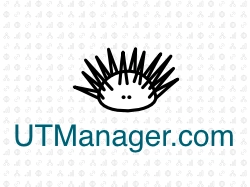Unlike traditional advertising, which interrupts audiences with promotional messages, content marketing earns attention by providing genuine value. The goal is to establish your brand as a trusted authority, nurture leads through the buyer’s journey, and ultimately drive conversions and customer loyalty.
Common content marketing formats include:
- Blog posts and articles that educate or solve problems.
- Whitepapers, eBooks, and reports that provide in-depth insights.
- Case studies that demonstrate real-world results.
- Videos, podcasts, and webinars that entertain or teach.
- Infographics and data visualizations that simplify complex topics.
- Email newsletters that keep audiences informed and engaged.
- Social media content that sparks conversation and community.
Content marketing plays a critical role across the entire marketing funnel:
- Top of Funnel (Awareness): Attract new visitors through educational or entertaining content (e.g., blog posts, videos, SEO-driven resources).
- Middle of Funnel (Consideration): Nurture leads with detailed content like guides, webinars, and case studies that build credibility and trust.
- Bottom of Funnel (Conversion): Use product-focused content like demos, testimonials, or comparison pages to help prospects make confident purchasing decisions.
- Post-Purchase (Retention and Advocacy): Continue delivering value through onboarding content, how-to guides, and community initiatives to strengthen loyalty.
Example: A project management software company publishes a series of blog posts on productivity tips, followed by a free downloadable “Remote Work Toolkit.” Visitors who download the toolkit enter an email nurturing sequence that shares case studies and product demos, ultimately leading to trial sign-ups. Over time, this strategy builds brand authority and generates a steady pipeline of qualified leads.
Best practices for effective content marketing:
- Start with a documented content strategy aligned to business goals.
- Understand your target audience and their pain points, interests, and journey stages.
- Focus on quality over quantity; create content that’s genuinely useful or compelling.
- Optimize for search engines to increase discoverability.
- Distribute content strategically across owned, earned, and paid channels.
- Repurpose content across multiple formats to extend its lifespan.
- Track performance with metrics such as engagement, traffic, lead generation, and conversions.
